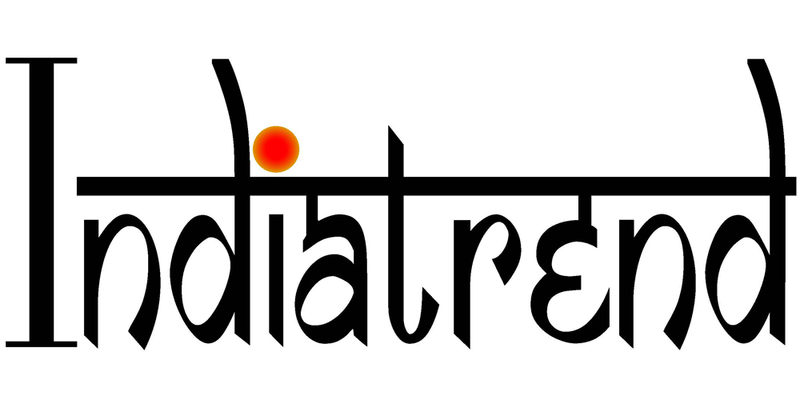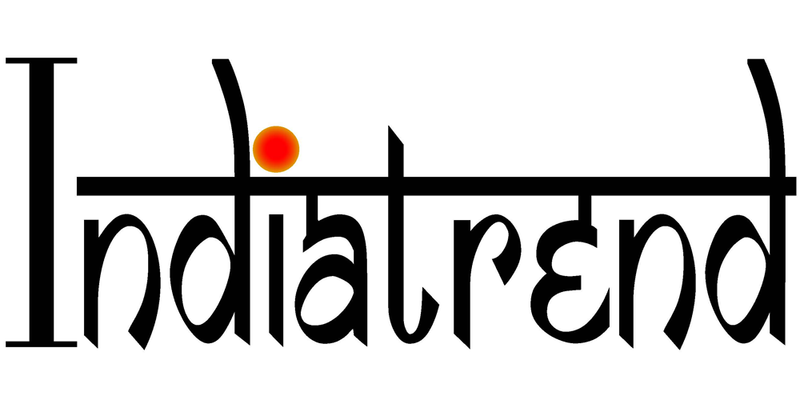The Art of the Dupatta: Classic Styles for Every Indian Bride (and Beyond)
The dupatta, a flowing scarf that completes a traditional Indian lehenga, is more than just an accessory. It's a canvas for rich cultural heritage, a symbol of elegance, and a way for brides across various backgrounds - Indian, NRI (Non-Resident Indian), Sikh, and Muslim - to express their unique style on their special day. Whether you're a bride-to-be dreaming of your perfect red bridal lehenga or envisioning a captivating dark green ensemble, mastering the art of the dupatta drape will elevate your entire look.
This guide explores classic dupatta styles that transcend trends and cultural boundaries, allowing you to confidently showcase your chosen lehenga on your wedding day, be it an Indian wedding, Sikh wedding, or Muslim wedding. We'll also delve into specific dupattas like the Pakistani dupatta and the phulkari dupatta, offering tips on how to best flaunt them.
Timeless Dupatta Drapes for Every Bride:
-
The Classic Drape: This elegant and versatile style complements any lehenga and dupatta. Simply drape the dupatta evenly over both shoulders, letting it flow gracefully on either side. It's a timeless choice that never goes out of fashion and works beautifully for brides of all backgrounds.
-
The One-Shoulder Drape: Inject a touch of modern flair with this drape. Take one end of the dupatta over one shoulder, allowing the other end to flow freely. Alternatively, you can pin the free end to the opposite side of your waist for a more secure drape. This style flatters lehengas with statement necklines or backs, adding a touch of youthful dynamism.
-
The Pleated Front Drape: Ideal for a red bridal lehenga or a dark green lehenga, this drape exudes sophistication. Carefully pleat the dupatta and drape it across your torso, pinning the ends securely at the waist on one side. This creates a beautiful structured silhouette, perfect for a formal Indian wedding or Sikh wedding ceremony.
Beyond the Basics: Mastering Specific Dupattas
-
Pakistani Dupatta: Renowned for their length and width, Pakistani dupattas offer a plethora of draping possibilities. You can embrace the classic drape, the one-shoulder drape, or the pleated front drape. However, a popular choice for Pakistani dupattas is the "umbrella drape." Here, the dupatta is gathered at the waist and fanned out, creating a voluminous and dramatic silhouette perfect for a Muslim wedding or a grand Indian wedding reception.
-
Phulkari Dupatta: Characterized by intricate floral embroidery, phulkari dupattas add a touch of cultural heritage to your ensemble. While you can drape them in any classic style, it's best to avoid excessive bunching or wrinkling that might damage the delicate embroidery. This stunning dupatta complements a red bridal lehenga beautifully, adding a touch of tradition and vibrant color.
Additional Dupatta Options to Consider:
For an extra dose of visual interest and cultural flair, explore these dupatta options:- Chinon Dupatta with Gota Patti Embroidery: This dupatta features a lightweight Chinon fabric adorned with intricate Gota Patti embroidery, creating a shimmering and textured effect. It pairs beautifully with a red bridal lehenga for a truly dazzling look.
- Bandhani Georgette Dupatta: The Bandhani technique involves intricate tie-dye patterns, creating a visually stunning and playful dupatta. A Bandhani Georgette dupatta adds a touch of whimsy and color to a dark green lehenga.
- Net Embroidered Dupatta: Delicate net fabric adorned with exquisite embroidery creates an ethereal and romantic aura. A Net Embroidered dupatta complements any lehenga color, adding a touch of elegance and sophistication.
- Banarasi Silk Dupatta: Woven from luxurious Banarasi silk, these dupattas are known for their rich brocade patterns and intricate zari work. A Banarasi Silk dupatta elevates any lehenga, making it a perfect choice for a formal Indian wedding or Sikh wedding ceremony.
Choosing the Perfect Dupatta Drape:
The ideal dupatta style for you depends on several factors:- Lehenga Style: A heavily embellished lehenga may call for a simpler dupatta drape to avoid overwhelming the look. Conversely, a plain lehenga can be enhanced by a more elaborate dupatta.
- Wedding Occasion: For a formal ceremony, a classic drape like the classic drape or pleated front drape is ideal. Less formal functions allow for experimentation with the one-shoulder drape or the umbrella drape.
- Personal Preferences: Ultimately, the dupatta drape that makes you feel most confident and beautiful is the best choice. Don't be afraid to experiment and find a style that complements your personality and lehenga.



